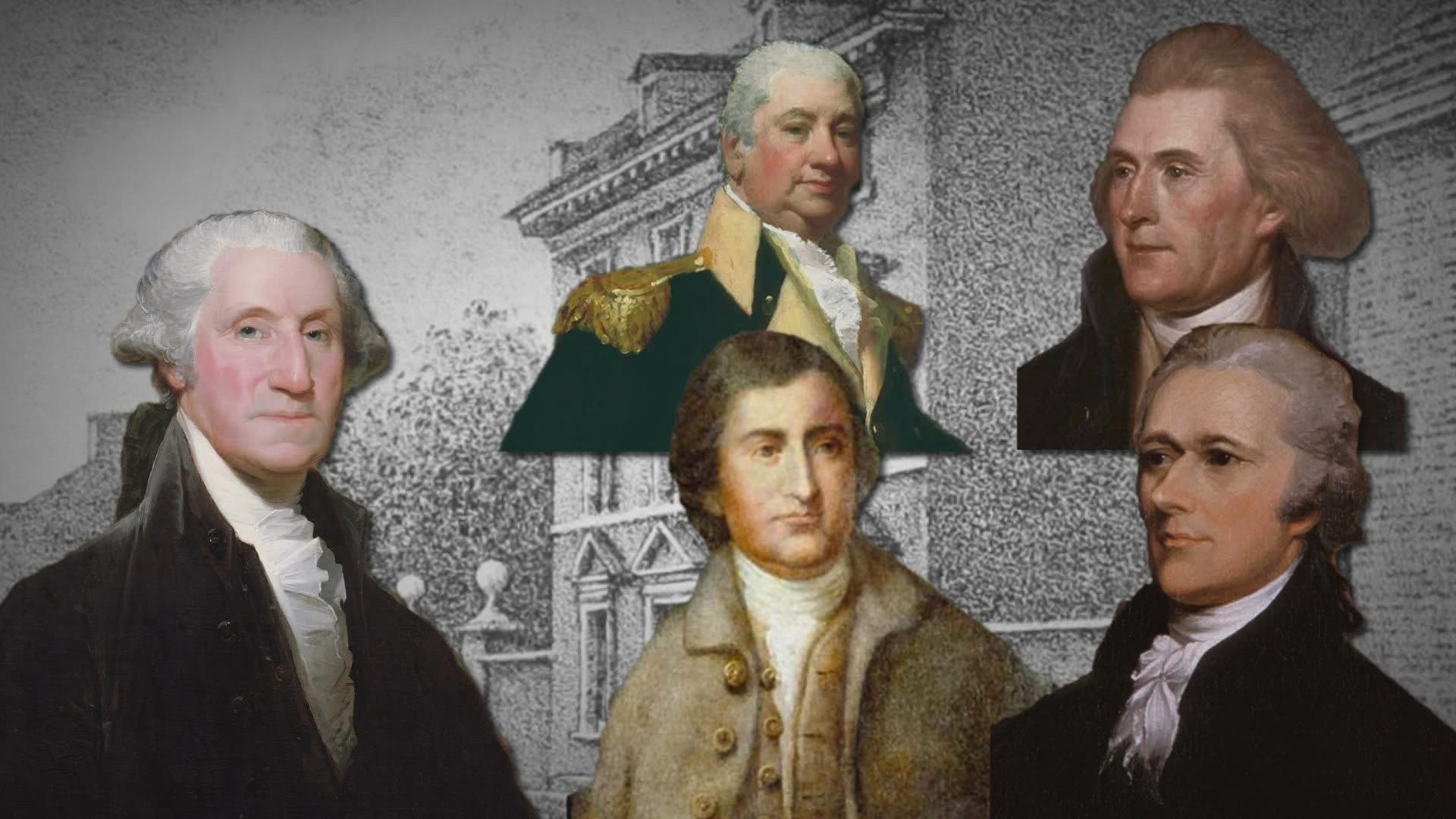PORTLAND, Maine — On Aug. 7, 1794, as the tax protest that came to be known as the Whiskey Rebellion flared up in Pennsylvania, President George Washington announced his intention to call up the militia, a dramatic step that, if mishandled, could inflame an already tense situation.
The president needed all the help he could get to navigate the crisis, and the logical person to turn to was Henry Knox, a Revolutionary War hero and the Secretary of War.
How did Secretary Knox respond? On August 8th, as historian Lindsay Chervinsky writes in “The Cabinet: George Washington and the Creation of an American Institution,” he left town “to sort out the finances for his farm in Maine. His estate was on the brink of bankruptcy and he could put off his visit no longer.”
As Chervinsky’s book makes clear, the government of the United States in its early years was a tiny operation, and in an age of slow and uncomfortable travel, the idea of leaving it behind for a few weeks or even months was not considered outrageous. The largest of the federal departments was the Treasury, run by Secretary Alexander Hamilton, who had just a couple of clerks to help him as he oversaw the work of customs officers in ports scattered around the country. “So we’re talking maybe fifty people in the Treasury Department,” Chervinsky says. The number of Treasury employees now? About 87,000.
As for Secretary Knox, he proceeded to his new home in Thomaston. “He dispatched with his estate business in a few weeks,” Chervinsky writes, “but then inexplicably lingered, enjoying the site of his future estate rather than return to Philadelphia.” Washington was annoyed by the long absence, and “never fully forgave the misstep.”
227 years later, Knox’s legacy lives on at the Knox Museum on Thomaston. He endured the grim winter at Valley Forge, stood by Washington while crossing the Delaware, and served in the young country’s first cabinet. Fort Knox in Kentucky is named after him, as is Fort Knox on the Penobscot River in Prospect. As the Museum puts it: “Henry Knox was somebody, still is somebody, you should totally know.”

